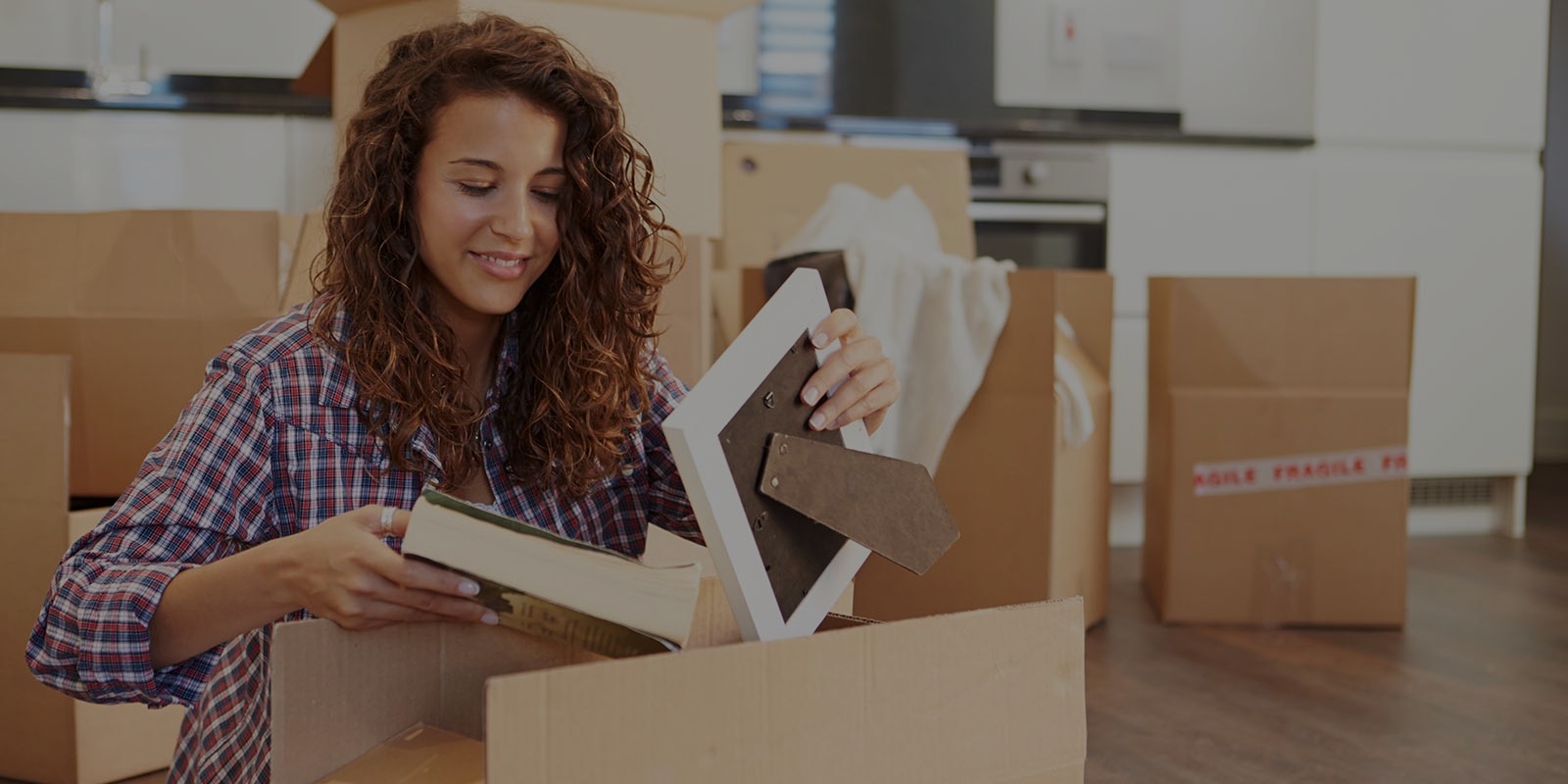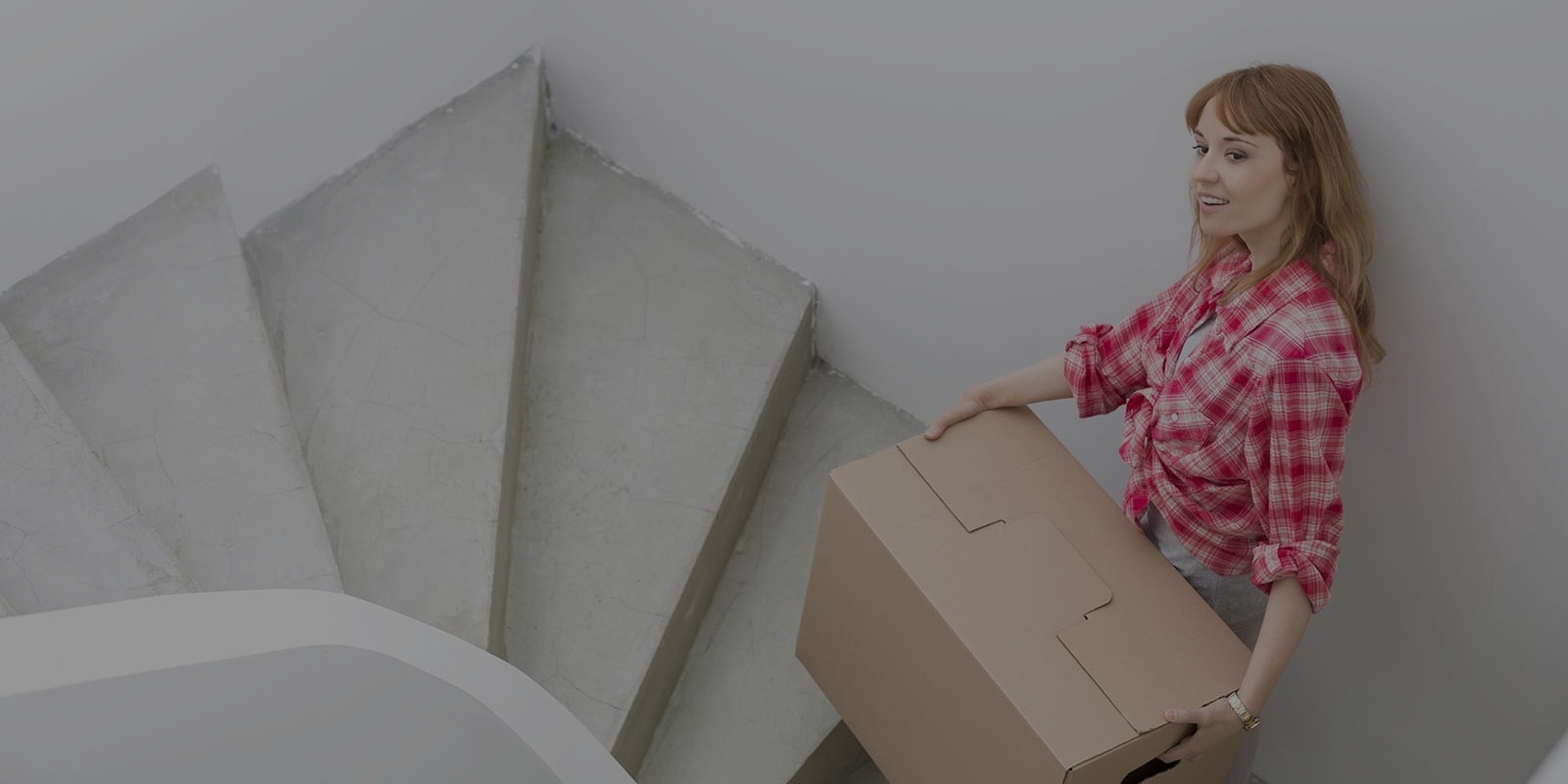Declutter Deep Dive: Preparing for Your Move
Posted on 10/06/2025
Declutter Deep Dive: Preparing for Your Move
Moving to a new home is more than a logistical challenge--it's a golden opportunity for a transformative fresh start. Whether you're relocating across town or to a new country, the process can feel daunting. Decluttering before moving ensures a stress-free transition, can save you money, and helps you rediscover what truly matters in your life. This comprehensive guide dives deep into the art of decluttering and provides actionable tips to prepare for your next big move efficiently and mindfully.
Why Declutter Before Moving?
Before the moving boxes and packing tape come out, taking a moment to assess and reprioritize your belongings is essential. Decluttering ahead of your move provides clear benefits:
- Reduce Moving Costs: Most moving companies charge based on volume or weight. Less stuff means a lighter, and potentially cheaper, move.
- Simpler Packing: Fewer possessions mean less time and effort packing--and less to unpack at your destination.
- Sell, Donate, or Recycle: The decluttering process can put cash in your pocket, benefit charities, and minimize waste.
- Fresh Start: Eliminating clutter gives you room (literally and figuratively) to create a new chapter in your new space.
- Reduced Stress: Knowing you're bringing only what you truly need or love makes the move--and your arrival--a more positive experience.
The Psychology Behind Decluttering for a Move
Let's face it: letting go of things can be tough. Our belongings often carry sentimental value, memories, or aspirations. But preparing for a move is the perfect time to rethink what items deserve a place in your new home. Studies show that living with less reduces anxiety and increases satisfaction with your environment. Decluttering deep dive techniques help you assess objects critically, leading to long-lasting organizational habits.

How to Declutter Before Moving: A Step-by-Step Guide
Preparation is your most powerful tool for an effective move declutter session. Below, we outline a proven process for efficiently decluttering every space in your home:
Step 1: Create Your Decluttering Timeline
- Start Early: Ideally, begin the decluttering deep dive at least 4-6 weeks before your moving day.
- Set Realistic Goals: Create a daily or weekly schedule focused on tackling specific rooms or categories.
- Enlist Help: Family members or friends can both speed up the process and provide valuable perspectives.
Step 2: Organize Supplies and Categories
- Gather Boxes and Bags: Label them with Keep, Donate, Sell, Recycle, and Trash.
- Room-by-Room Strategy: Declutter one area at a time to maintain focus and avoid overwhelm.
- Use an Inventory App: Track what you're keeping and what you're letting go for reference and insurance purposes.
Step 3: The Decluttering Deep Dive Method
Ready to roll up your sleeves? The deep dive declutter method focuses on intentionality and simplicity. Here's how you can best approach it:
- Start with Less Sentimental Items: Begin in spaces with practical items, like the bathroom or pantry, so your decluttering muscle warms up before tackling sentimental belongings.
- Follow the Four Box Method: For every item, ask: Do I use this? Do I love this? Would I buy this again? If an item doesn't pass, place it in the Donate, Sell, Recycle, or Trash boxes.
- Work Top to Bottom, Left to Right: In each room, start high (shelves, cabinets) and work your way down. Move methodically from one side of the room to the other.
- Set a Timer: Give yourself decluttering sprints of 30-60 minutes to maintain momentum and prevent fatigue.
- Sort As You Go: Keep items of a similar type together (clothes with clothes, books with books, etc.)
Step 4: Decide What to Keep and What to Let Go
Making decisions is the hardest part of the decluttering deep dive. Use these decluttering decision rules to guide you:
- Have I used this in the last year?
- Would I buy this item again today?
- Does this item enhance my life or space?
- Is it in good condition, or is it replaceable?
- Does it carry a positive memory or feeling?
If you answer "no" to most, it's time to let go. For sentimental items, consider taking photos before saying goodbye or creating a dedicated "memory box" of select keepsakes.
Room-by-Room Decluttering Checklist for Moving
To ensure a thorough decluttering process for your move, let's break down each room and highlight a checklist of what to keep, and what to clear out.
Kitchen
- Expired food: Discard anything past its shelf life or close to expiring before your moving date.
- Duplicate utensils: Keep only what you regularly use.
- Unused appliances: Donate or sell small appliances that are never used.
- Chipped dishes and cookware: Recycle or toss broken or dangerous items.
Living Room
- Old magazines, mail, and papers: Digitize important info and recycle the clutter.
- Decor you no longer like: Pass on or donate items that no longer suit your style.
- Extra furniture: Measure your new living space. If something won't fit, let it go.
Bedroom & Closets
- Clothing not worn in 12+ months: If it doesn't fit or you don't love it, donate or sell.
- Linen duplicates: Keep two sets per bed and donate the rest.
- Broken or unused accessories: Recycle or discard jewelry and accessories with no value.
Bathroom
- Old makeup, toiletries, and medications: Safely dispose of expired or unused products.
- Unnecessary duplicates: Streamline your daily essentials; donate unopened extras to shelters.
Office and Papers
- Files and documents: Shred outdated paperwork; save tax docs and records as needed.
- Old electronics and cords: Recycle any non-working devices or redundant gadgets.
- Books: Keep favorites or reference materials; donate the rest to local libraries.
Garage, Attic, and Storage
- Tools and hardware: Return what you borrowed, give away duplicates, recycle broken items.
- Sports equipment & gear: Donate rarely-used items to local clubs or community centers.
- Holiday decor: Keep only your favorites or items with true sentimental value.
Special Guidance for Different Types of Moves
Downsizing to a Smaller Home
Moving from a house to an apartment or into a retirement community? Embrace the minimalist spirit. Prioritize multi-functional furniture, digitally store sentimental photos, and let go of "just-in-case" items.
Long-Distance or International Moves
Shipping and storage rates for out-of-state or international moves can skyrocket. Pare down to essentials: favorite clothes, lightweight decor, and daily-use electronics. Sell or donate heavy, bulky, or easy-to-replace items.
Moving with Kids or Pets
Decluttering with young ones means involving them in the process. Teach them the value of giving away toys, books, and clothes they've outgrown. For pet owners, check expiration dates on food, supplies, and medicines; donate unused extras to animal shelters.
Eco-Friendly Decluttering During Your Move
A responsible declutter deep dive considers not just your needs, but the planet's. Here's how to declutter sustainably:
- Sell online: Platforms like Facebook Marketplace, eBay, or Poshmark can turn clutter into cash.
- Donate: Local charities, shelters, and "Buy Nothing" groups welcome your extra household goods.
- Recycle: Electronics, textiles, books, metals, and cardboard can go to specialized recycling centers.
- Repurpose: Upcycle old towels as rags, glass jars as organizers, or worn furniture as garden planters.
- Avoid the landfill: Throw away only what cannot be otherwise reused, recycled, or repurposed.
Organizing the Keepers for a Seamless Move
Once you've completed your move preparation decluttering, pack smart to maintain your hard-earned order:
- Label Boxes Clearly: Mark each with its destination room and contents for easier unpacking.
- Use Uniform Box Sizes: Easier stacking makes for safer, quicker moves.
- Create an "Open First" Box: Pack daily essentials for the first couple nights--think toiletries, chargers, one set of dishes, and a change of clothes.
- Protect Valuables and Documents: Keep passports, jewelry, and important paperwork separate and take them with you personally.
Common Decluttering Mistakes
- Procrastination: Don't wait until the week before you move! Give yourself plenty of time for an in-depth declutter.
- Being Too Sentimental: Remember, memories live in your heart, not only in objects.
- All or Nothing Thinking: Even small steps toward less clutter will make your move easier.
- Unsorted Donations: Only donate usable, clean items and sort accordingly for donation centers.
Top Tips for Stress-Free Decluttering as You Prepare to Move
- Set Clear Deadlines: Stay accountable to your moving timeline.
- Celebrate Progress: Treat yourself when you finish a room or decluttering milestone.
- Maintain Momentum: Clear one category at a time to avoid spreading clutter around the house.

FAQ: Declutter Deep Dive for Your Move
- Q: How far in advance should I start decluttering for a move?
A: Ideally, begin 1-2 months ahead, especially if you have a large home or tight schedule. - Q: Should I declutter or pack first?
A: Always declutter first! Only pack what you genuinely want in your new space. - Q: What should I do with items of high sentimental value?
A: Take photos, create a DVD or digital album, or dedicate a small keepsake box for treasures. - Q: Can movers help with decluttering?
A: Some professional organizers or moving companies offer decluttering packages. Research local movers for services.
Conclusion: Enjoy Your Fresh Start!
A declutter deep dive before moving not only saves you time and money but also lays the foundation for a joyful, organized new beginning. From creating a decluttering plan to distributing unneeded items responsibly, every step you take brings you closer to a smoother transition and more enjoyable living space. Let moving be your catalyst for change, clarity, and comfort--one box, one decision, one room at a time.
Use this guide to make your next move simpler, lighter, and more meaningful. Happy decluttering!







